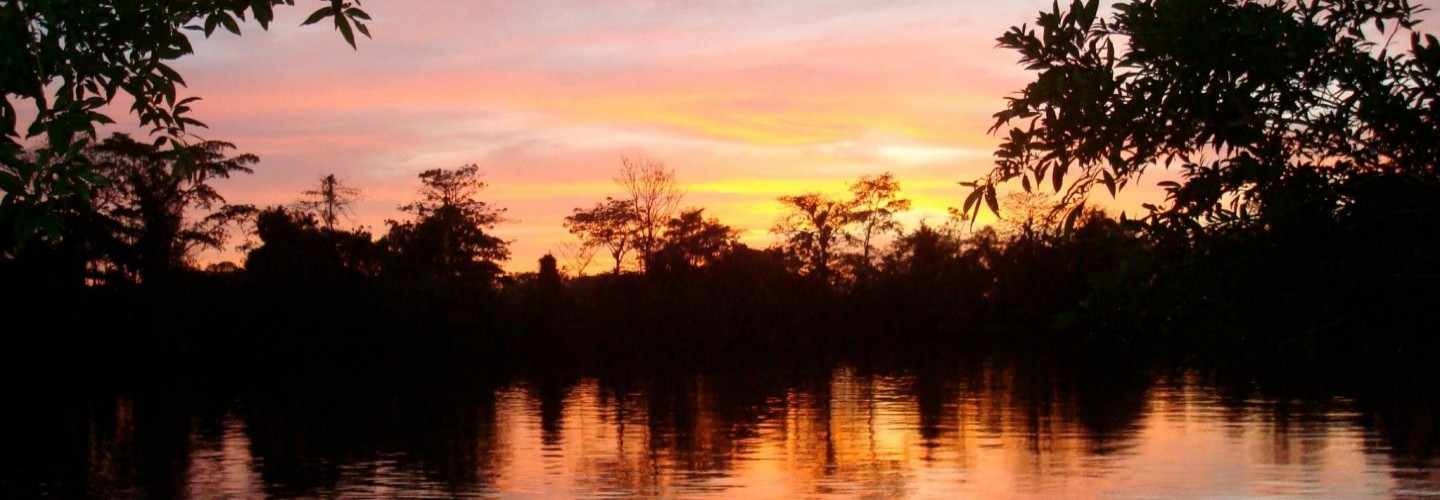When I think about the rainforest, I think about what I learned in AP Environmental Science about the vanishing cloud forest or what I have read in the “The Sixth Extinction” by Elizabeth Kolbert  about the disappearing frog species. In this sense, I only have a two dimensional idea of what the rainforest is. Therefore, I cannot say that I have firm expectations for my experience.
about the disappearing frog species. In this sense, I only have a two dimensional idea of what the rainforest is. Therefore, I cannot say that I have firm expectations for my experience.
The two things I am most excited for are scientific research and personal reflection. As a freshman pursuing a career in biology, Makengue is a stepping-stone to the world of research. This kind of research in the rainforest, so essential to our understanding of global climate change and the effects of humans on the environment, has been something I could only read in books. Now, I have the opportunity to make an impact through cataloguing species found on the Makengue Reserve and creating a database for them. Through gaining knowledge of these species, we can find ways to best help preserve the ecosystems in which they live.
The second thing I am most excited about is the opportunity for personal reflection throughout the project. I don’t often get the chance to just breathe. I spend so much time absorbed in my schedule that there is no chance to sit and enjoy my surroundings or accomplishments. The beauty that constantly surrounds us at Makengue is not something to be taken for granted. It is important to me to feel small against the expansive earth (in this specific case, the rainforest) and to understand that our world is not confined to gray sidewalks and tall buildings, something I do not always do in my daily life. A sense of appreciation, gratitude, and humbleness through this kind of reflection is something I learned at Coastal Studies for Girls, a semester school for high school sophomore girls. Since then, I have lost the reflective part of my life and I hope to regain it through the journey that is Makengue.
In my super structured life, this adventure into the unknown comes as a nice break. I am eager to be immersed in awe-inspiring surroundings and a rich culture. We have a lot of work ahead of us to prepare for this once-in-a-lifetime adventure but I am confident that we will work successfully as a team to meet our goals.
— Brianne




